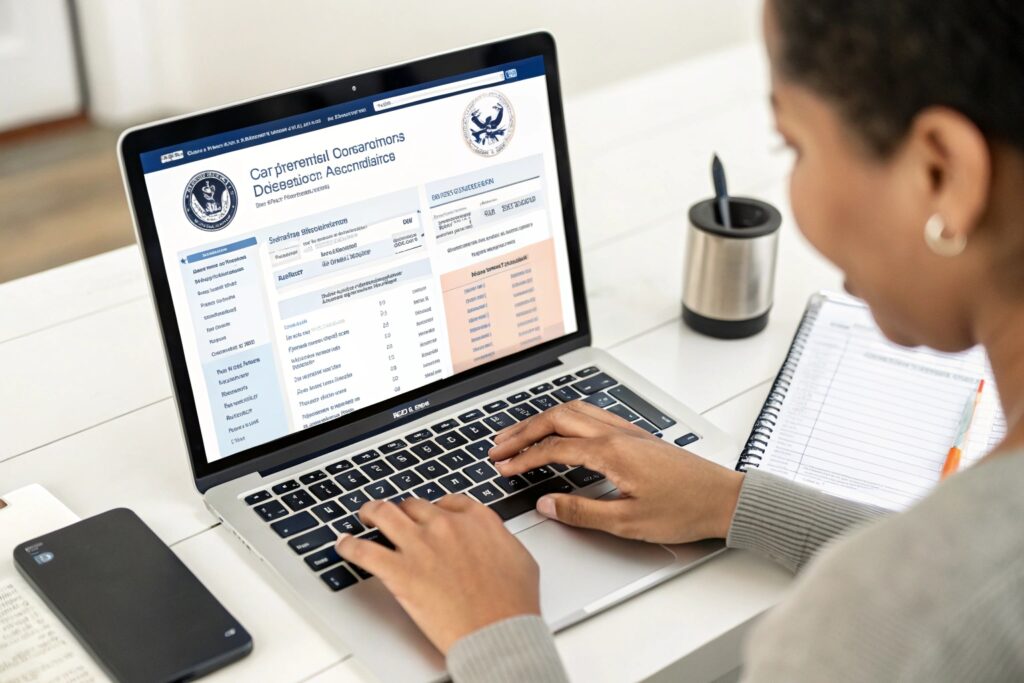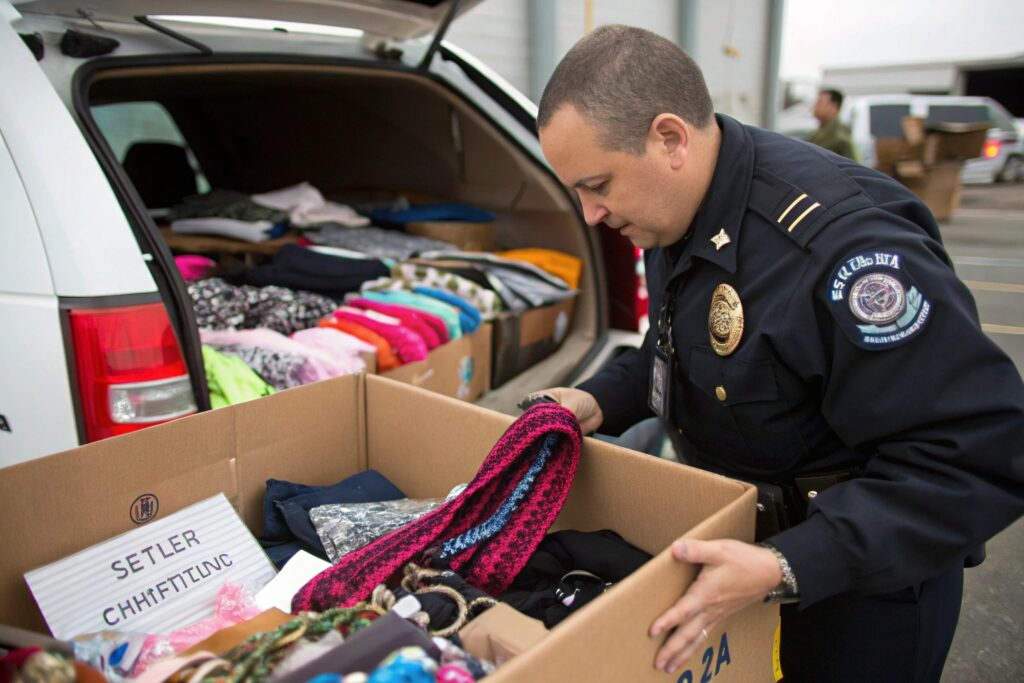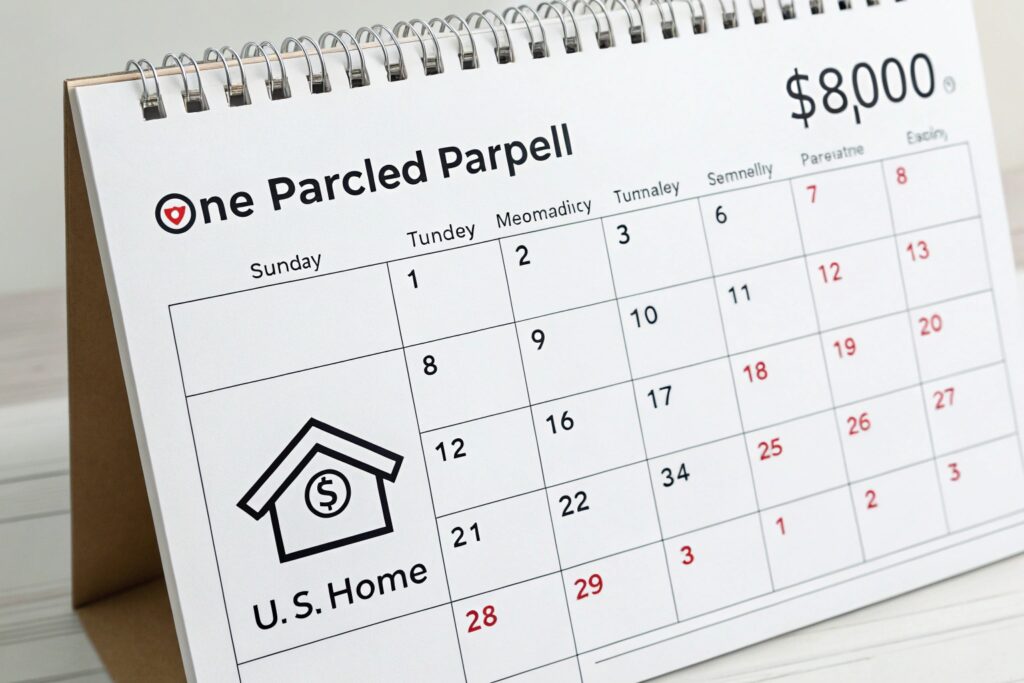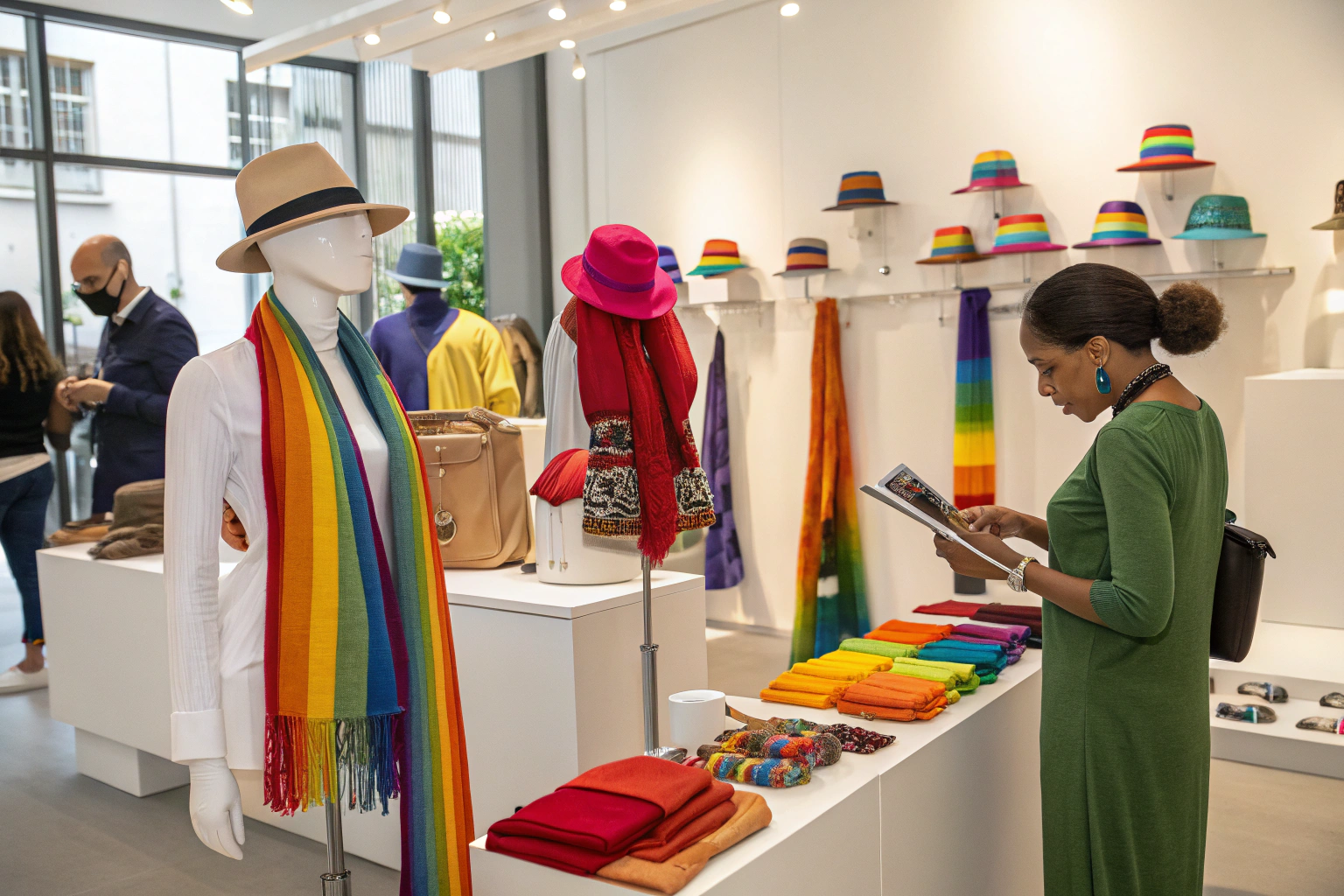Many Chinese suppliers advertise “no duty” or “tariff-free” shipping to attract U.S. buyers—but can you trust those claims?
To verify if an accessory shipment truly qualifies as tariff-free for U.S. import, buyers must check the product’s HTS code, value thresholds, and shipping method to ensure compliance with U.S. Customs regulations.
At AceAccessory, we explain exactly how tariff savings are achieved—whether through Section 321, de minimis exemptions, or DDP shipping structures—so you always know what you're paying for.
Where can I find tariff information?
Don’t rely solely on what a supplier tells you. The U.S. government provides public databases to check tariffs based on HS codes.
You can find official U.S. tariff rates at https://hts.usitc.gov, where the Harmonized Tariff Schedule lists duty percentages for every imported item.

How do you use the HTS database to verify accessory tariffs?
- Go to hts.usitc.gov
- Type in your product (e.g., “hair clip”, “belt”, “scarf”)
- Review matching HTS codes and click for full info
- Check “Rates of Duty—General” column (this is the most-used rate for Chinese imports)
For example:
- Hair clips (HTS 9615.11.10.00): 2.8%
- Belts of textile (HTS 6217.10.10.00): 14.6%
- Scarves of synthetic fibers (HTS 6214.30.00): 11.6%
We help our clients cross-reference their product specs with the correct HTS codes before shipping, to avoid misclassification or surprise duties.
What is the $800 de minimis rule?
There’s a special rule that allows tariff-free imports to the U.S.—but only under certain conditions.
The $800 de minimis rule lets individuals or companies import goods duty-free into the U.S. if the total declared value of the shipment is $800 or less and it qualifies under Section 321.

How does this rule help small accessory importers?
If your shipment is:
- Valued under $800
- Imported by air express or courier (DHL, FedEx, UPS)
- Not part of a series of shipments to break up value
- Clearly labeled and declared
…it can enter duty-free without formal customs clearance.
This is perfect for:
- Sampling
- First test orders
- Low-volume e-commerce dropshipping
We support this method by:
- Splitting orders into multiple parcels (legally)
- Labeling shipments as personal or small business entry (if eligible)
- Using couriers experienced with Section 321 processing
What are the limits?
- Cannot use it to import multiple daily shipments to the same buyer address artificially
- Not suitable for pallet or sea freight
- Some goods (e.g., FDA-regulated, batteries, cosmetics) may be excluded
Do US tariffs apply to second-hand goods?
Second-hand or used goods may still be taxed—but it depends on how they are classified and documented.
Yes, U.S. tariffs may still apply to used goods, including second-hand accessories, unless the HTS code or customs documentation specifically provides an exemption.

How does Customs treat used accessories?
If clearly marked as used personal items, and not for resale, many small shipments pass through without duty.
But if:
- You’re importing bulk used belts or scarves for resale
- It’s declared as merchandise (not personal property)
- There’s no proof of original origin or purchase
…then regular tariffs apply, based on the HS code.
We recommend declaring resale shipments honestly, using standard classification. Trying to bypass duty by calling it “used” may cause seizure or penalties.
What is the Section 321 exemption?
Section 321 is a key U.S. Customs rule tied to the $800 de minimis threshold.
Section 321 allows a single qualifying shipment per day, per recipient, to enter the U.S. without duties or taxes—up to $800 in value. It’s widely used for low-value accessory orders shipped via air or courier.

How do suppliers use Section 321 to offer “tariff-free” shipping?
When a supplier says:
“We ship duty-free to the U.S.”
…it usually means:
- They use air express services
- They declare each parcel under $800
- They batch shipments across multiple days or recipients
- They label orders using personal/low-value codes
We offer Section 321 support through:
- Express courier partnerships (DHL, UPS, SF Express)
- Shipment splitting with staggered air dispatch
- DDP service for U.S. e-commerce brands with micro fulfillment
What are the risks of abusing Section 321?
- Shipping multiple parcels to the same name/address on the same day can trigger red flags
- Mislabeling items or under-declaring value may result in penalties
- If CBP (Customs and Border Protection) suspects commercial abuse, they may cancel your eligibility
That’s why we follow all legal guidelines—helping you benefit without overstepping.
Conclusion
Tariff-free importing is possible—but only with the right structure. Whether it’s through Section 321, de minimis entry, or verified HTS codes, AceAccessory ensures that our clients understand the rules, avoid penalties, and save costs the right way.










